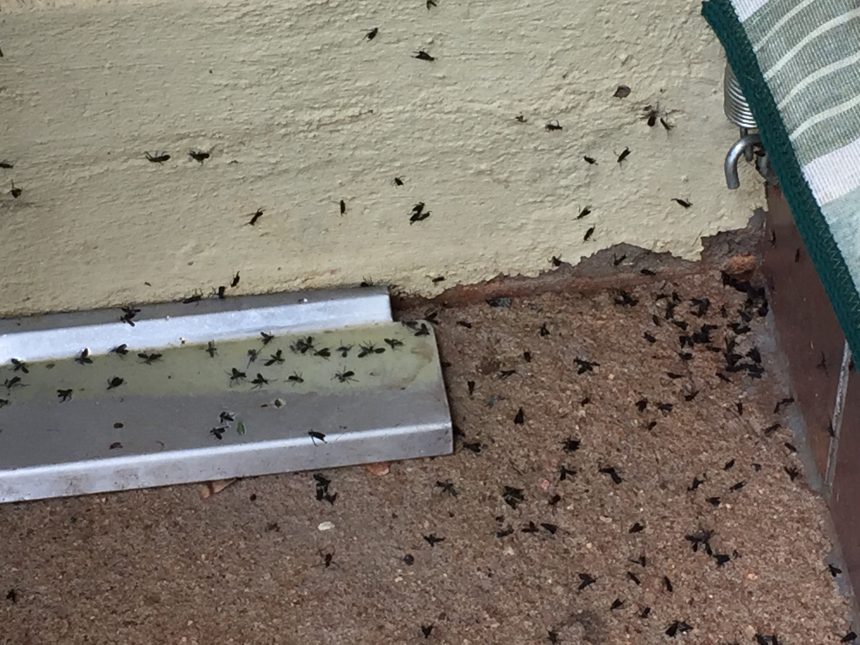Over the weekend, selfies and viral videos from hiking trailheads and city streets—especially around Gyeyangsan in Incheon—showed hiking paths blanketed in dark, writhing masses of “lovebugs” (Plecia spp.). Residents reported difficulty walking or even breathing amid the clouds of mating insects.
Lovebugs: Harmless Yet a Major Nuisance
Despite their off-putting appearance, experts stress these insects pose no threat to humans—they neither bite nor spread disease, and feed only on decaying organic matter while aiding pollination. However, their early summer appearance—earlier than past years—has caused widespread irritation, with complaints to Seoul authorities rising from 4,418 in 2023 to 9,296 last year. A Seoul Institute survey found 86% of residents now consider them “unpest-worthy,” ranking just below cockroaches and bedbugs.
Climate Change and Urban Heat: A Breeding Ground
Originally native to subtropical regions of southeastern China, Taiwan, and Japan’s Ryukyu islands, lovebugs appeared in Korea as recently as 2022. Rising temperatures, coupled with Seoul’s urban heat island effect, have created hospitable breeding conditions for the species to thrive further north.
Strategy Showdown: Sprays vs. Sustainability
City officials are at odds over pest control. While some argue for spraying pesticides, authorities caution against chemical use in public spaces citing ecological disruption. They note that lovebugs are beneficial pollinators, and indiscriminate pesticide use could harm broader biodiversity . Instead, the recommended tactics include:
- Using water sprays to rinse off insects from public furniture and walkways
- Installing sticky traps and adjusting outdoor lighting to deter swarms
- Wearing dark clothing outdoors and avoiding bright lights at night
Natural Checks and Research Efforts
Researchers are exploring targeted biological controls, including fungal pesticides, that can reduce lovebug larvae populations without broader ecological consequences. Moreover, local bird populations such as magpies and sparrows are increasingly preying on adult lovebugs—helping reduce swarms naturally after their brief lifespan of roughly one to two weeks.
What’s Next: Temporary Nuisance with Long-Term Insights
With typical lovebug lifespans being short, swarms are expected to peak and dissipate by mid-July. However, experts warn this phenomenon may recur and intensify as climate shifts continue. Seoul now faces a critical test of balancing public comfort, urban ecology, and climate adaptation.
Bottom Line
What began as a summer nuisance has escalated into a broader debate over urban pest control, environmental stewardship, and how rapidly changing climates may reshape city life. Seoul’s lovebug influx may be fleeting—but the lessons in resilience and coexistence are lasting.










